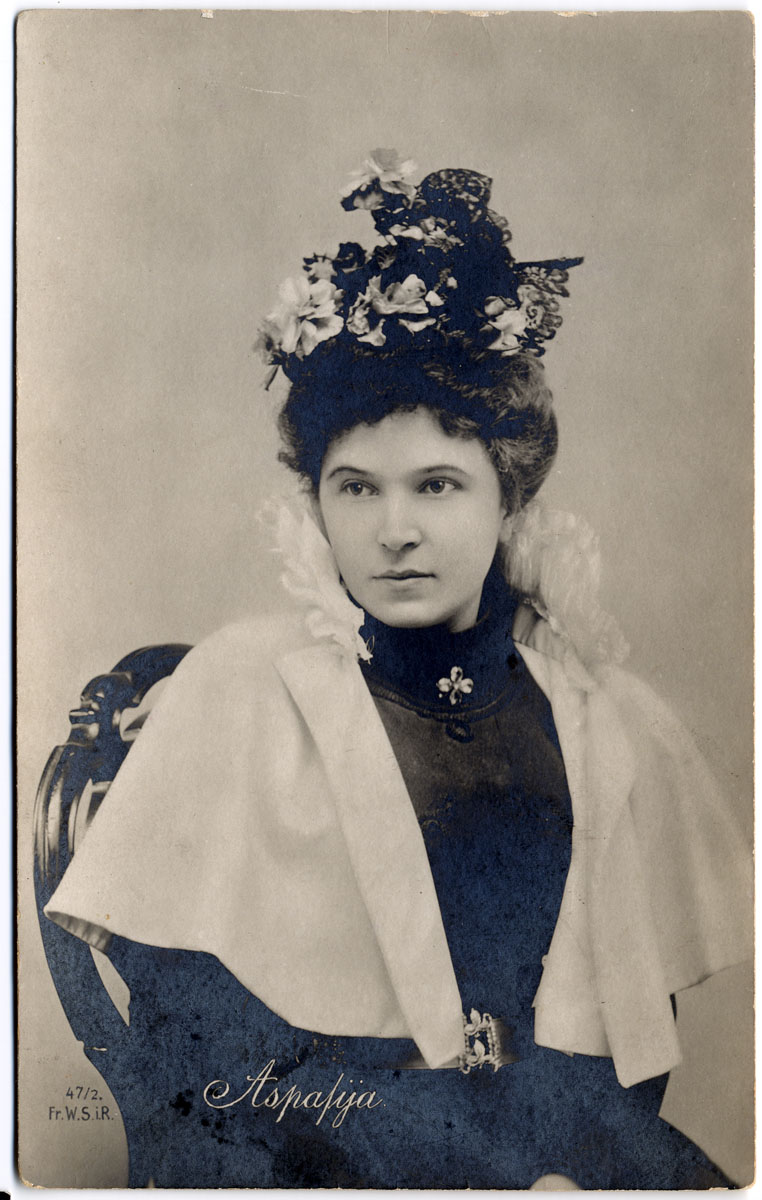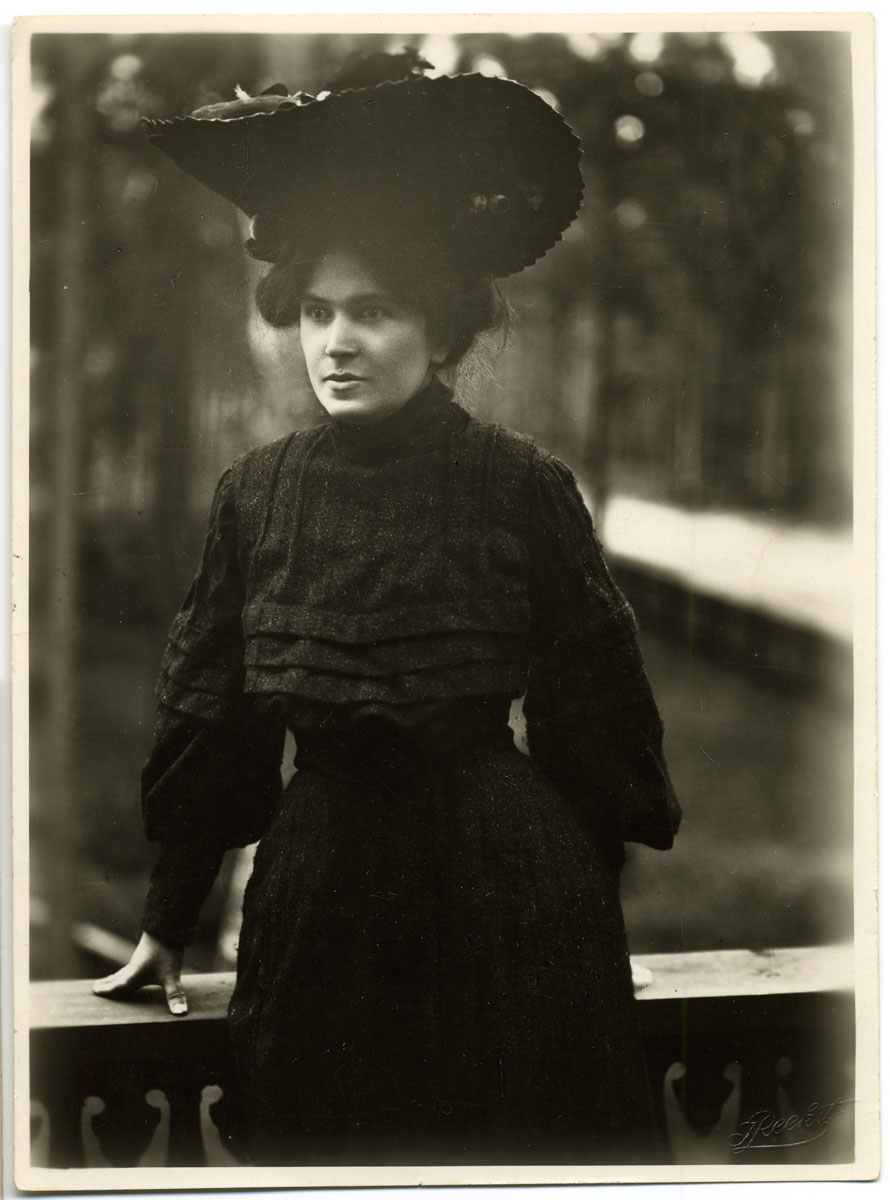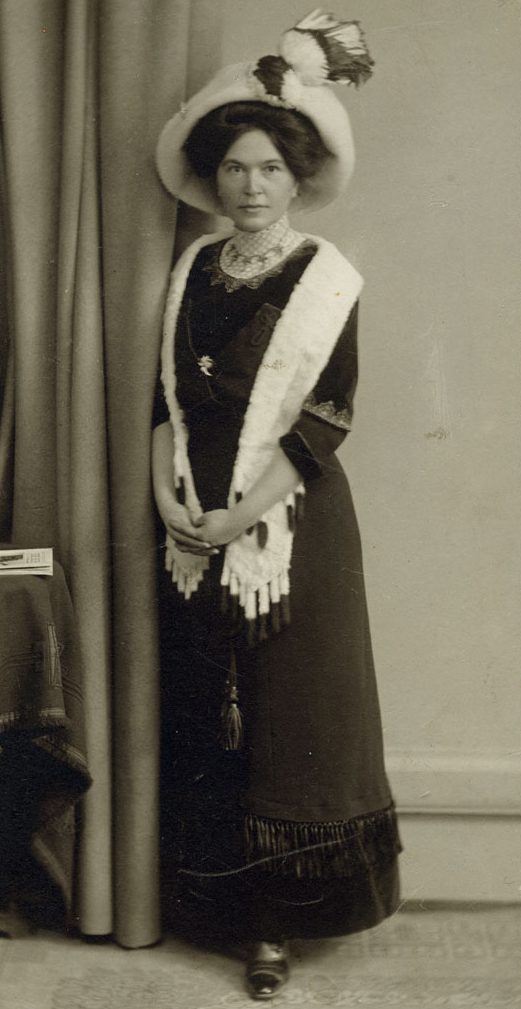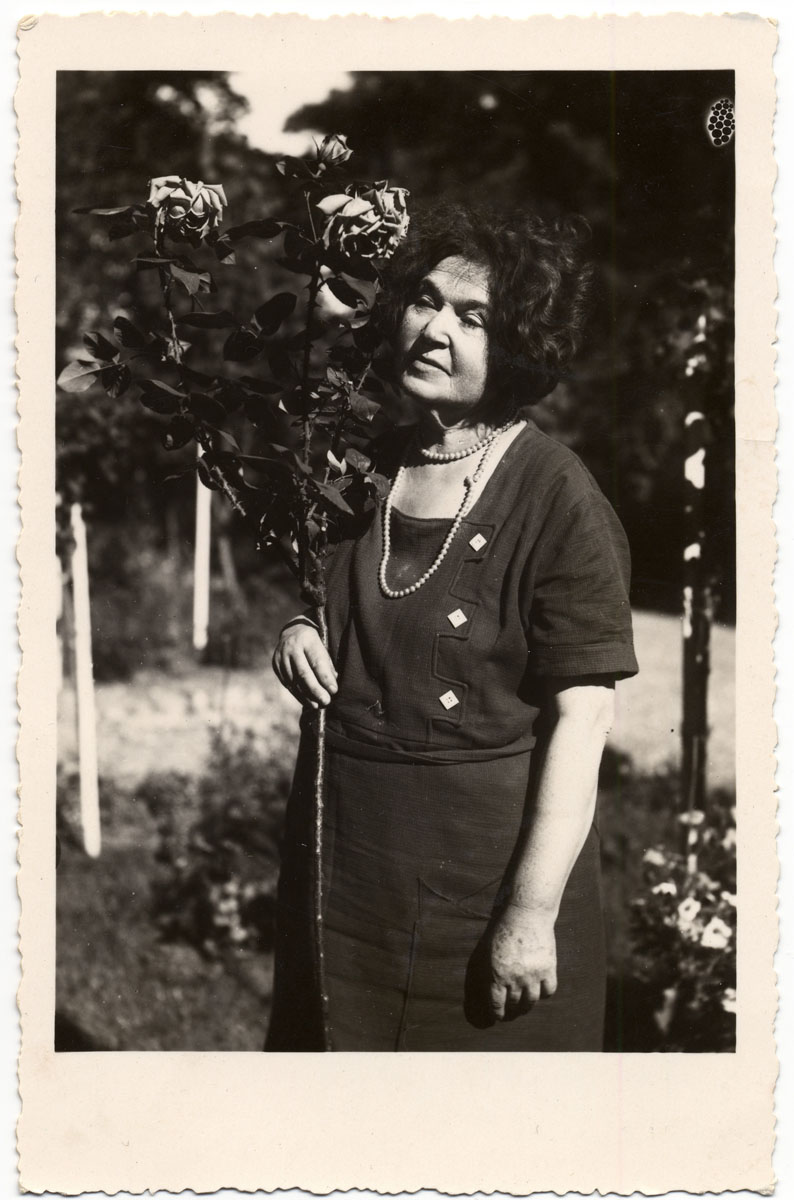Aspazija (Johanna Emīlija Lizete Rozenberga) was a poet, playwright, civic activist, supporter of women’s rights and the wife of the poet Rainis. A brilliant, diverse and contradictory woman whose very first published poem in the newspaper “Dienas Lapa” cast a challenge before society. She signed it with the name of Aspazija, who was an Ancient Greek feminist and the beloved of the ruler Pericles.

Aspazija
1865–1943
Galerija
Her childhood and early adulthood is still seen with a tinge of the legendary and the mystique: in regards to her birth year and date, as well as in regards to the “official” emergence of her “baptised” name of Elza. Particularly important in Aspazija’s biography is the fact that she married Maksis Vilhelms Valters. This created a foundation for her feminist views about women’s equality. She actively confirmed these views throughout her life, and she demanded public support for her thinking.
During the 1890s, Aspazija was the most visible Latvian woman in social and literary circles. At that point she had already linked her life to that of Rainis, and she fully shared his dramatic fate as a prisoner and emigrant. It would be hard to overvalue her creative “adoption” of her husband. During this period, Aspazija was asked to translate Goethe’s “Faust”, though most of the work was done by Rainis. Aspazija took part in the process by translating certain fragments and editing the translated passages which Rainis had completed.
In 1984, Aspazija and Rainis began their “novel of letters,” as seen most intensively while Rainis was in Pskov and Slobodsk. Aspazija seldom saw him in person. These letters have often been used to research the lives and work of both poets, and in 2009, the unique correspondence between the two creative individuals was listed on the Latvian National Register of the Memory of the World Programme.
Aspazija’s life was difficult while she and her husband were in exile in Switzerland. She was the lady of the house and so deeply reliant on Rainis that this overshadowed her own literary work. As soon as the couple returned to Latvia in 1920, however, Aspazija threw herself into social and cultural work. She was a member of the Constitutional Assembly of Latvia and helped to ensure that Latvia was one of the most modern republics in the Europe of that day and age. Women were given equal rights in political and social terms. Aspazija’s work in the area of Latvian culture was rewarded with the Order of Three Stars (1926), the Cross of Recognition, 2nd Grade (1938) and the highest honour of all ˗ the Fatherland Prize (1939). In 1936, the book “The Most Distinguished Women of the Present Day”, which was published in Prague, discussed 64 women from 26 countries; Aspazija was one of them.
The funeral procession of the poet attracted hundreds of people despite the fact that World War II was raging. Aspazija’s spirit was present, because the procession turned into a spontaneous protest against the Nazi occupation. Aspazija was buried in the Rainis Cemetery alongside her husband.
Aspazija and her work were scorned and incompletely learned and interpreted during the Soviet occupation. In this sense, she differed from Rainis. Since the restoration of Latvia’s independence, Aspazija’s role in Latvia’s cultural history has been emphasised in new level. Aspazija’s importance in the contemporary evaluation of Rainis’ literary heritage is quite essential and perhaps even inseparable. Several researchers have written about the fact that the lives and creativity of the two poets ran in parallel to one another. Aspazija, however, has increasingly researched and emphasised as a person who was sovereign from Rainis. Of importance is Saulcerīte Viese’s monograph “Eternal Wings” (Mūžīgie spārni, 2004), Italian journalist Chiara Maconi’s “Red Comet: The Chronicle of a Meeting” (La cometa rossa: Cronaca di un incontro, 2001 in Italian, 2004 in Latvian), and the book “Three Perfumes of Women” (Trois Parfums des Femmes, 2011), which was dedicated to three distinguished female artists at the turn of the 19th century ˗ one from France, one from Germany, and one from Latvia.
The poet’s collected works are being republished since 2017, including previously unpublished work, as well as extensive addenda with scholarly papers.










